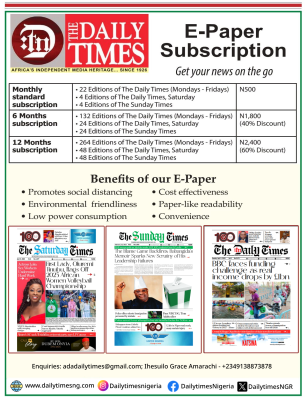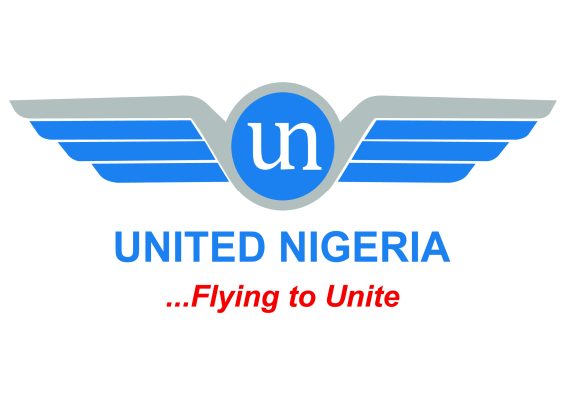Why Underwriters still not ready for recapitalisation

Following the pronouncement of the new recapitalization exercise by the National Insurance Commission (NAICOM), stakeholders in the insurance industry believed that the majority of the underwriters are certainly not prepared for it any time soon. TEMITOPE ADEBAYO writes.
Barely one year after the truncated reclassification initiative mooted by the insurance industry regulator, National Insurance Commission (NAICOM), stakeholders and close observers have again jolted into unbelief recently following another directive for the sector to recapitalize.
With the new directive did not give the operators the same trepidation the reclassification order did, it is, however, obvious since the pronouncement that majority of the underwriters are certainly not prepared for it any time soon.
No matter how the operators view it, it is instructive to say that the Federal Government, through NAICOM, has only done the needful as recapitalisation is what is ultimately needed at this time to strengthen a sector that has been performing below average over the last 50 years.
For a sector that ordinarily should be the pillar of the nation’s economy, it is disheartening that for years, its contribution to the Gross Domestic Product (GDP) has been nothing to write home about.
With a country like Nigeria that is endowed with huge human and natural resources, the fact that the nation’s insurance sector comes behind those of South Africa, Kenya, Algeria and even Ghana in terms of penetration is a poor testimony to how much the country’s potential has been largely compromised.
After the last recapitalisation exercise in 2007, financial experts had expected the sector to make progress by going through another round of the process especially since several factors have also weighed in on the economy.
Rather than experiencing growth, recent statistics reveal that the industry has been carrying risks in trillions of naira while grossing premium income of less than N400 billion.
This obviously represents a time bomb waiting to explode in the event of very huge claims to be paid.
Since the last recapitalisation, which moved the capital base from the initial N150 million, N200 million and N350 million to N2 billion, N3 billion, and N5 billion, for life, non-life and composite respectively, so many changes have been recorded in the economy.
For instance, a vehicle that cost N1 million in 2007 now cost close to N10 million or more.
In the same vein, inflation has eaten deeply into other aspects of the economy while the foreign exchange rate has, unprecedentedly, gone higher than ever experienced in the country.
Amid these dynamics, underwriters chose to remain in their comfort zones, just getting by on a daily basis and contributing about 0.6 per cent to the GDP. Looking back at the reclassification approach that was abruptly shut down by fifth columnists in the industry,
the insurers were expected to operate under a Tier- Based Minimum Solvency Capital (TBMSC) consisting of Tier-1, Tier-2 and Tier-3.
Unlike the sweeping recapitalisation they are expected to go through this time around, the tier-based arrangement, which some of them are now begging to be reintroduced,
was to strengthen the industry and also make it possible for all the operators to concentrate in areas of their strength so as not to run into crisis in the event of claims payment or underprice risks just to be seen as part of the system.
According to the arrangement, composite insurance companies, which are now interested to play in the Tier 1 category are expected to increase their capitalisation from N5 billion to N15 billion, those interested in the same tier
but operating the Life insurance business is mandated to upgrade its capital base from N2 billion to N6 billion, while non-life insurers planning to play in this tier are expected to raise their capitalisation from N3 billion to N9 billion.
However, according to the new directive, life insurance operators are expected to shore up their paid up share capital from N2 billion to N8 billion; those into the general business are to upgrade their capital to N10 billion from the current N3 billion level;
those into the composite business are to increase theirs from the current N5 billion level to N18 billion; while reinsurance operators should increase from the current N10 billion to N20 billion.
One thing that is clear in the current efforts at repositioning the sector is the fact that the Commissioner for Insurance, Mohammed Kari, must have consulted widely with the relevant government authorities before issuing out circulars to this effect. This became necessary so as not to be pulled down again as it happened last year.
Rather than key into initiatives and policies to boost the sector, the operators had long preferred to do things their own way, after which they get into manipulating annual financial transaction reports just to be seen as making progress while actually swimming in losses and sundry expenses.
As a matter of serious concern, the Federal Government had long before now called on the operators to up their games to enable them to play in big-ticket risks.
Specifically, it is believed the latest exercise when completed by this time next year would lead to the emergence of bigger and stronger players with enhanced capacity, restore public confidence, and also enhance the international competitiveness of local operators.
In view of the poor state of the sector, we align with the regulator to ensure that no amount of blackmail should again compel it to alter the new capital base programme in whatever form.
We also believe it is time the Federal Government empowered the commission more to enable it to exercise more authorities especially as regards implementation of certain aspects of the Insurance Act.







